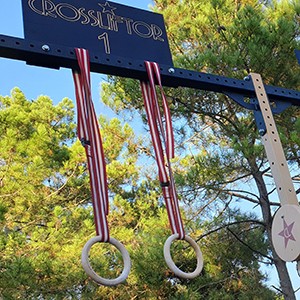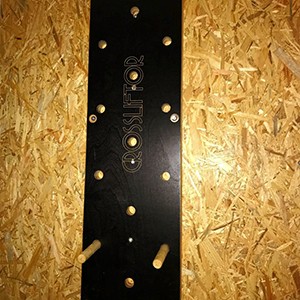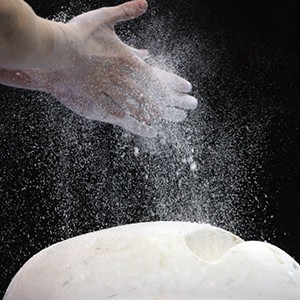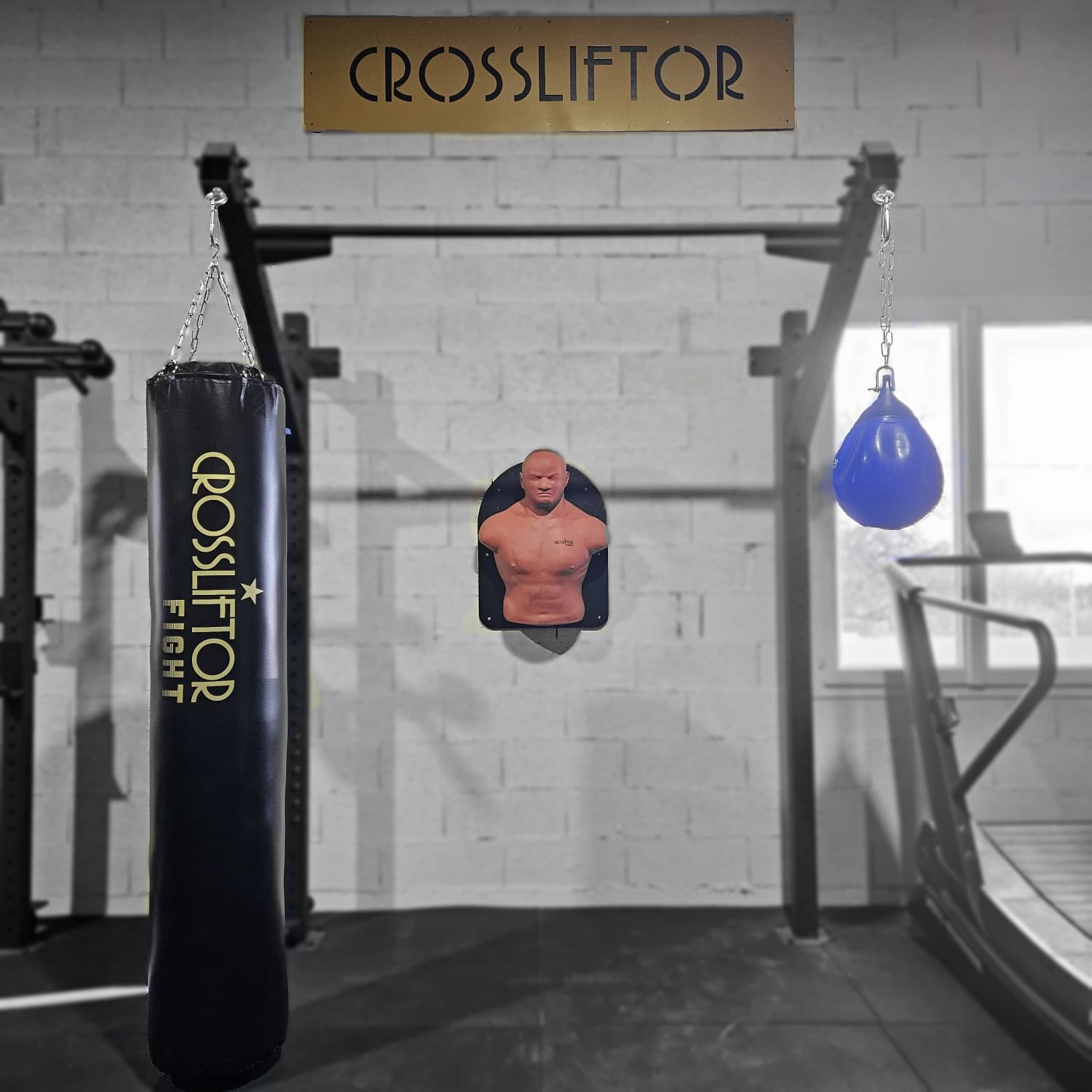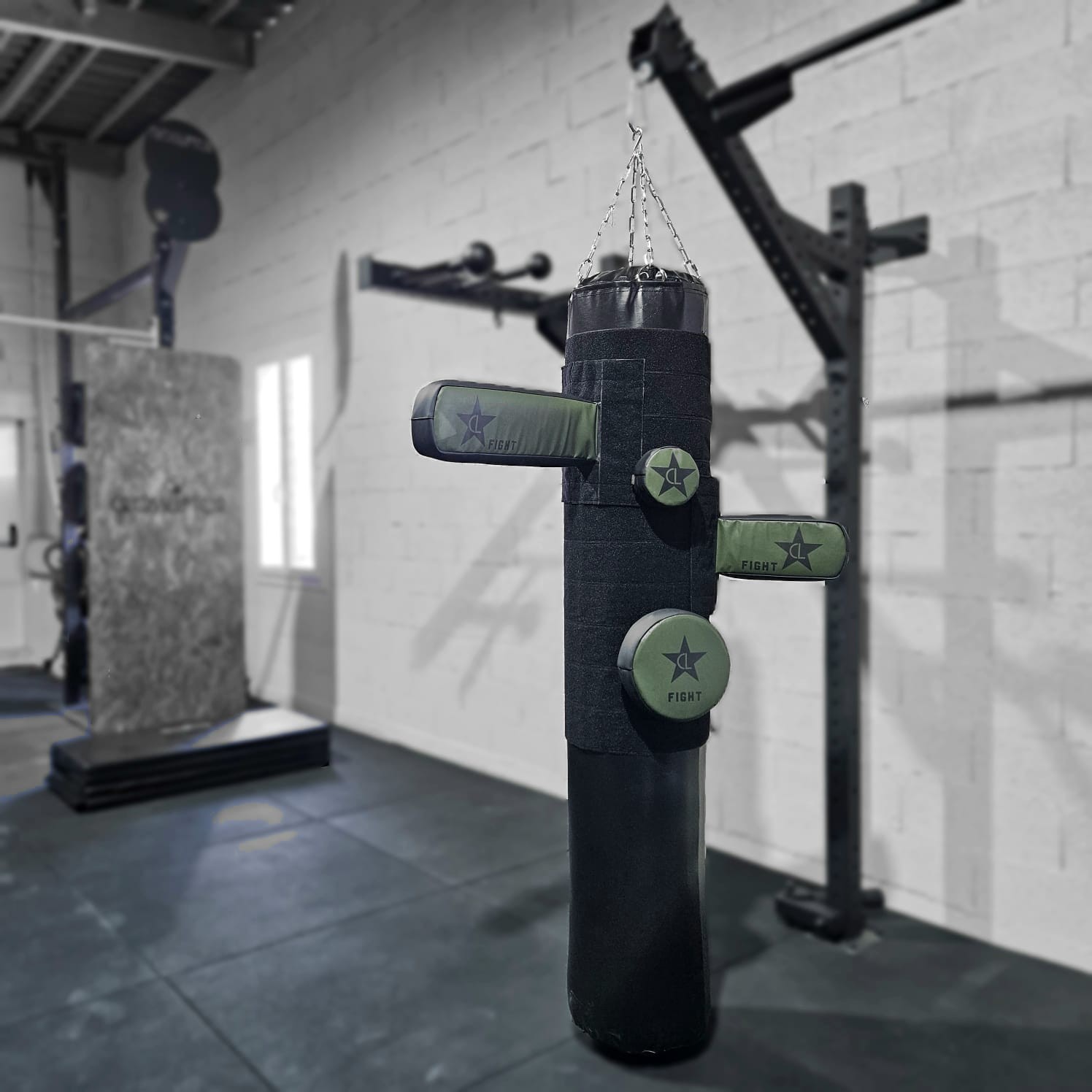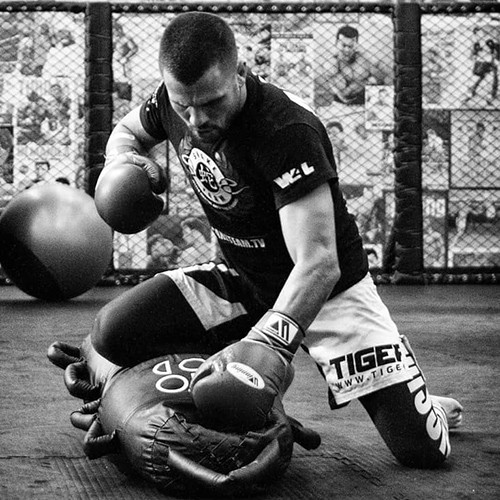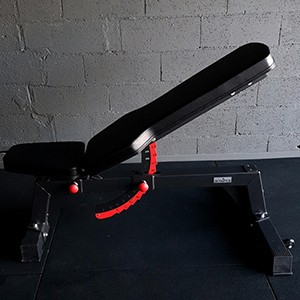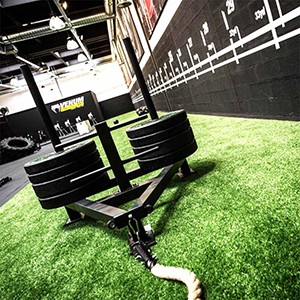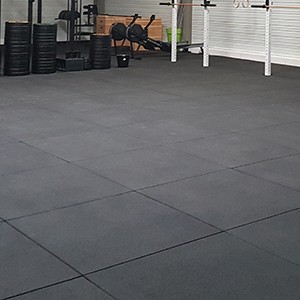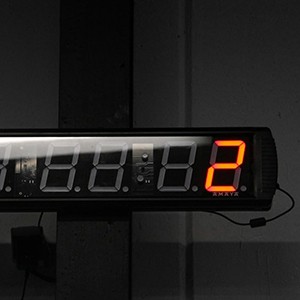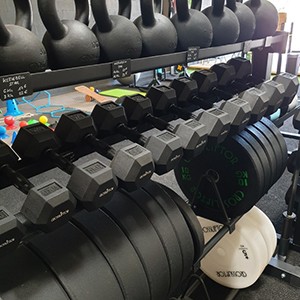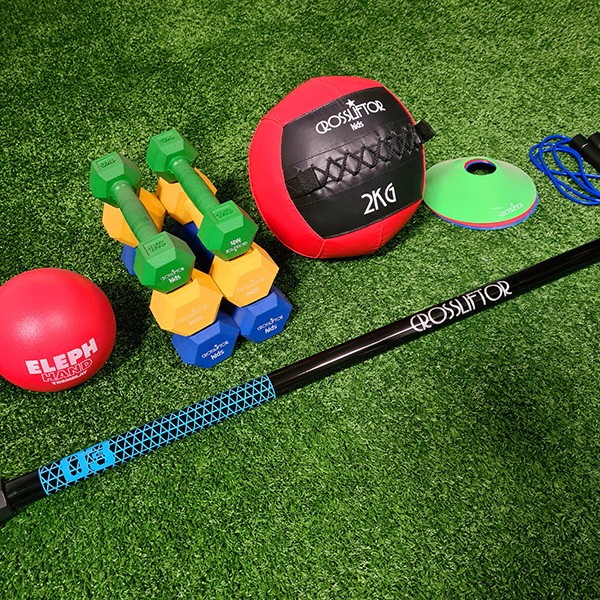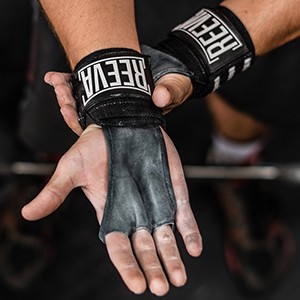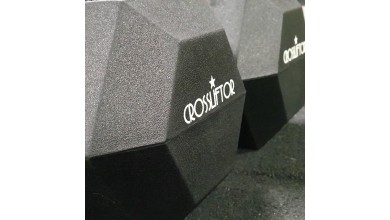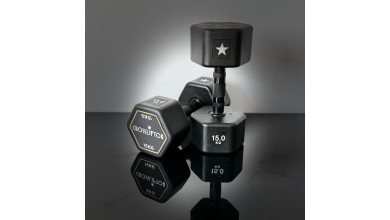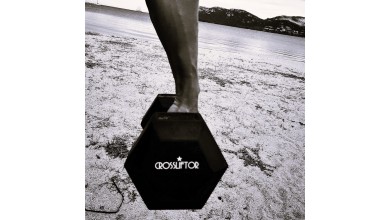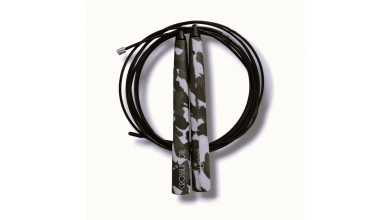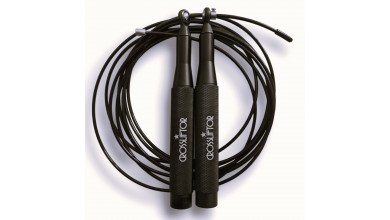The Goblet Squat – technique, benefits & tips for effective training
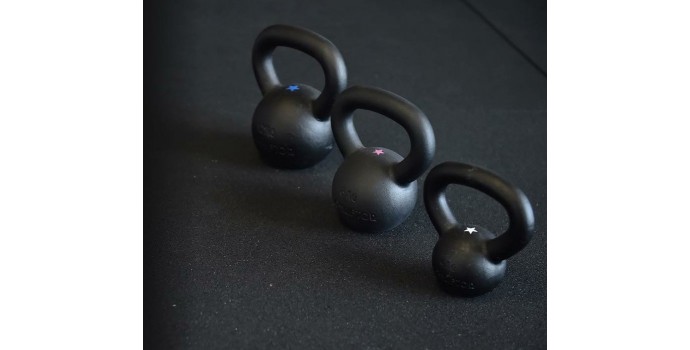
Why Gobelet Squat?
The GobletSquat is a complete bodybuilding exercise designed to strengthen the posterior chain of the body, halfway between the air squat and the barbell squat. The origin of this physical movement lies in the fact that it is performed by holding an object in front of you, to ensure trunk stability during the exercise.
Muscles involved
When performing this type of squat, the whole body is activated, with the lower part of the body receiving the most attention. Muscles involved in this fitness movement include the quadriceps, glutes, calves, hamstrings, abdominals and upper limb muscles such as the biceps, triceps, back, shoulders and chest.
The benefits
If this variant of the air-squat and bar squat is popular in the fitness world, it's because it's an exercise that brings several benefits to the body, including:
- Muscular strengthening of the majority of the body's muscles, such as the legs (quadriceps, hamstrings and calves), glutes and upper body work, notably the shoulders, forearms and abdominal muscles.
- Improved physical resistance to effort, thanks to a progressive increase in load during the Goblet squat.
- A great way to tone and refine your silhouette over the course of your bodybuilding sessions.
- A way to work on your range of motion, other than with bodyweight or a barbell.
- A position that sets the whole joint system in motion, from the knees to the hips and elbows.
- Finally, like all "intense volume" exercises, it burns a lot of calories.
How to perform a Goblet squat with a Kettlebell?
Before the exercise
Before performing this type of squat, or any other bodybuilding movement for that matter, it's essential to make sure you're fit enough to ensure a safe workout. It's all about feeling strong on your feet to avoid any risk of injury to muscles or joints (especially knees and hips). Make sure your body is sufficiently rested, and remember to fit your workouts into a balanced lifestyle.
What's more, before performing the goblet squat, it's essential to prepare yourself with a warm-up exercise, including cardio (cycling, rowing, progressive running), which gradually increases the heart rate and mobilizes the entire muscular and joint system.
Then perform a few air squats (i.e. with no load) and, with the aid of a light weight, build up your weight to achieve greater ease and speed, before settling into the Goblet Squat position with a Kettlebell.
During the exercise
When performing this movement, make sure your feet are hip-width apart. Open your toes as much as possible and place your heels flat to provide sufficient stability to increase the effectiveness of this squat. Lengthen your spine, as if you wanted to touch the ceiling with your head, then hold the Kettlebell firmly in your hands at chest level, elbows at right angles. Then, keeping your back aligned in the axis, bend your knees so as to push your buttocks back as if you wanted to sit in a chair.
You'll often hear that you mustn't let your knees go beyond the toe line: this isn't true, in a rational amplitude you can gradually go down and over a little to gain mobility. The key is to adapt the load to your level, so as not to strain your joints and, of course, your muscles.
Don't forget to contract your abdominal muscles, and once your hips are at the right angle, push down on your feet while contracting your buttocks to pull yourself back up, keeping the kettlebell in your hands. The weight should be close to your body; there's no need to extend your forearms, as this would only tire your biceps and triceps unnecessarily. The closer the weight is to your body, the easier the movement.
How to perform an efficient squat?
Good practice
When training, it's advisable to follow certain guidelines to increase the effectiveness of the Goblet squat. Firstly, never start your session without a cardio warm-up and several repetitions of the air squat to gradually increase your heart rate and get every joint and muscle in your body moving. What's more, spend some time learning the position in its entirety before including it in your training program.
With every Goblet squat, adopt a perfect body position to avoid any risk of injury to muscles and joints. Concentrate on the exercise, inhaling before descending, locking in during the descent and exhaling on the ascent. If necessary, enlist the help of another person to correct your posture, or film yourself with your smartphone.
We advise you to control each squat descent, which generally lasts 3 to 4 seconds, and to come back up more quickly over 1 to 2 seconds. This is called tempo work, and in terms of muscle strengthening and working the nervous system, it's very effective. Start with a light kettlebell, then increase the weight of the equipment as the weeks go by.
Mistakes to avoid
Here's a list of the main mistakes to avoid when performing a goblet squat.
- Having too much weight, which forces you to reduce the range of motion, lean your torso forward and not keep the equipment close to your chest. Not to mention the risk of injury.
- Heels that lift up, creating instability on the floor, a risk of injury and even a fall. The feet are flat, hip-width apart and the toes are not twisted. They are anchored firmly in the ground, so imagine yourself taking root and pushing towards the ground as well.
- Not going low enough, i.e. not engaging your leg and buttock muscles to the maximum during the squat. This reduces the effectiveness of the exercise and progress. As your coach will tell you, "you break the parallel"
- Pulling your knees inwards can cause joint damage. Here's a tip: when descending the Goblet squat, make sure that your elbows touch the inside of your knees, so that they stay apart throughout the entire movement. In addition, when exercising your thighs, push your buttocks back while keeping your back flat, to keep your knees in line with your feet.
Variations on the Goblet Squat
With dumbbells
Another variation on the barbell or kettlebell is the dumbbell goblet squat. Based on the same principle as the Goblet squat, the dumbbell should be held firmly against the chest, elbows towards the floor, back aligned and abdominals engaged.
Kettlebell squat
For muscle-building enthusiasts, it's also possible to perform a kettlebell exercise with the KB suspended between the legs. This is an ideal technique for building up quadriceps and glutes without having to hold a weight against yourself during the exercise. The principle is the same as for the rest: feet width apart, knees bent, buttocks back and back straight. Inhale on the way down, exhale on the way up. There are many exercises with equipment to strengthen muscle structure and improve endurance, such as the kettlebell snatch.
Our range of kettlebells for sale here

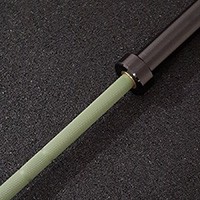
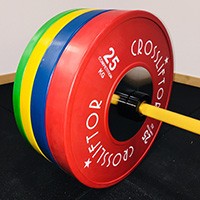
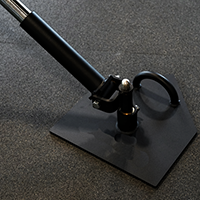
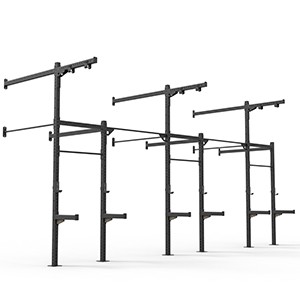
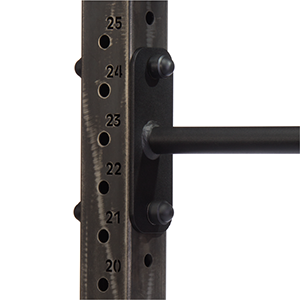
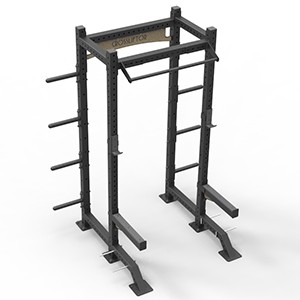
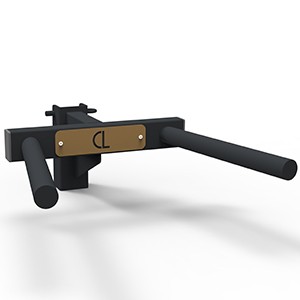
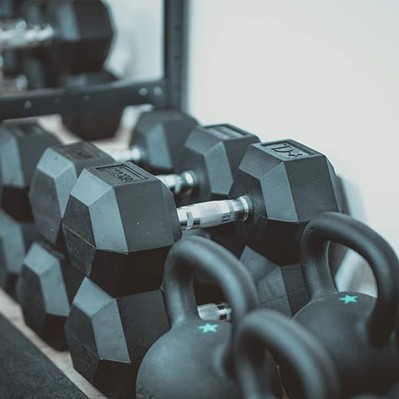
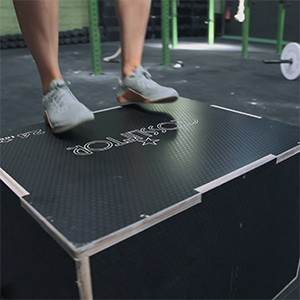
 (1).jpg)
